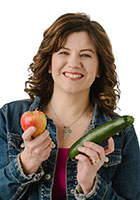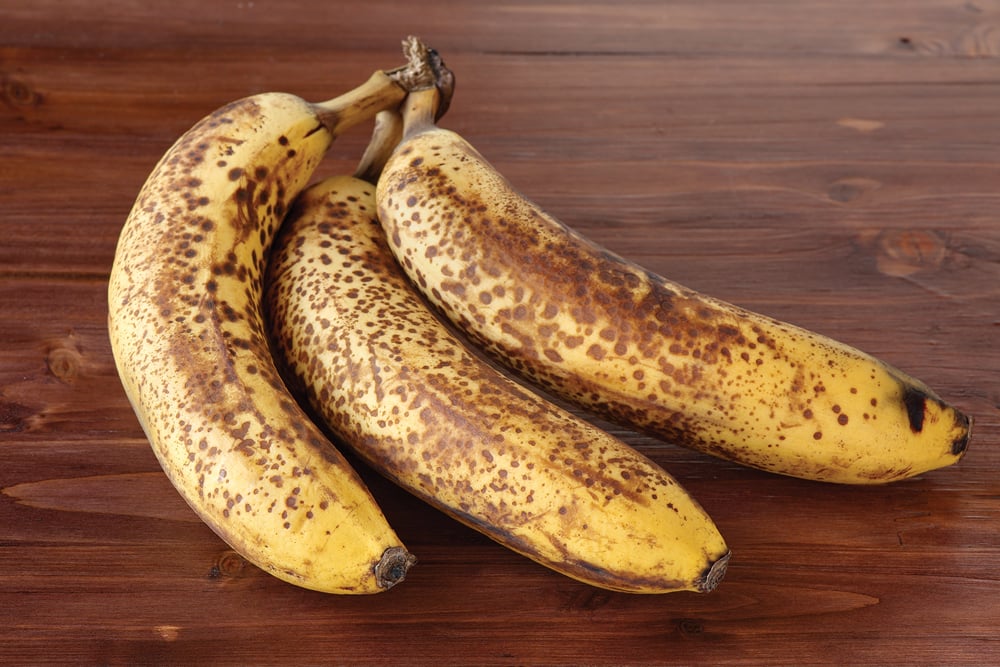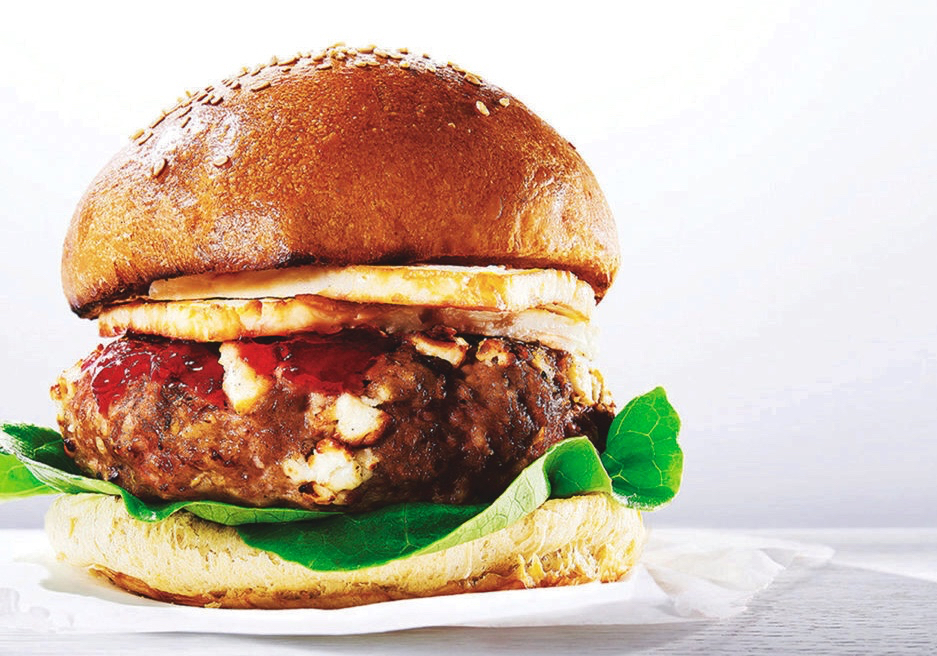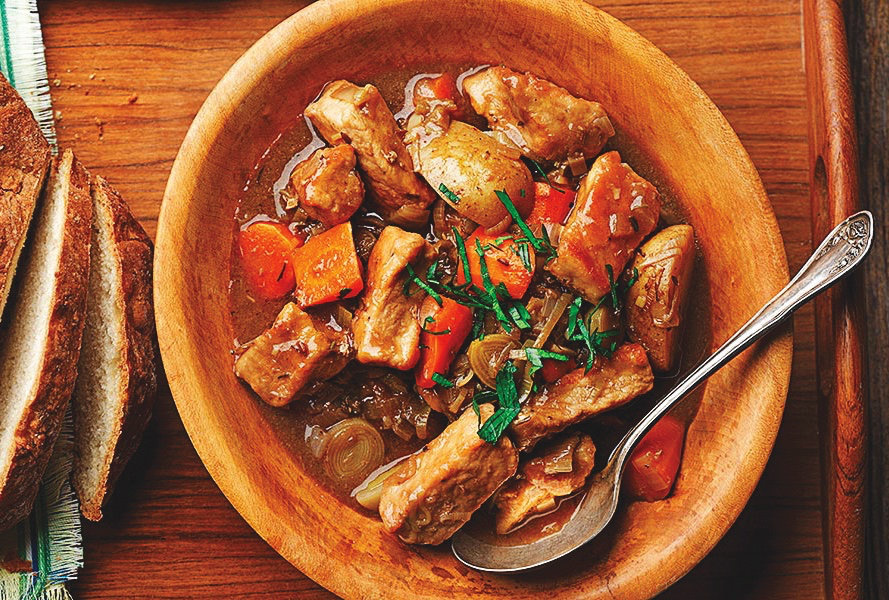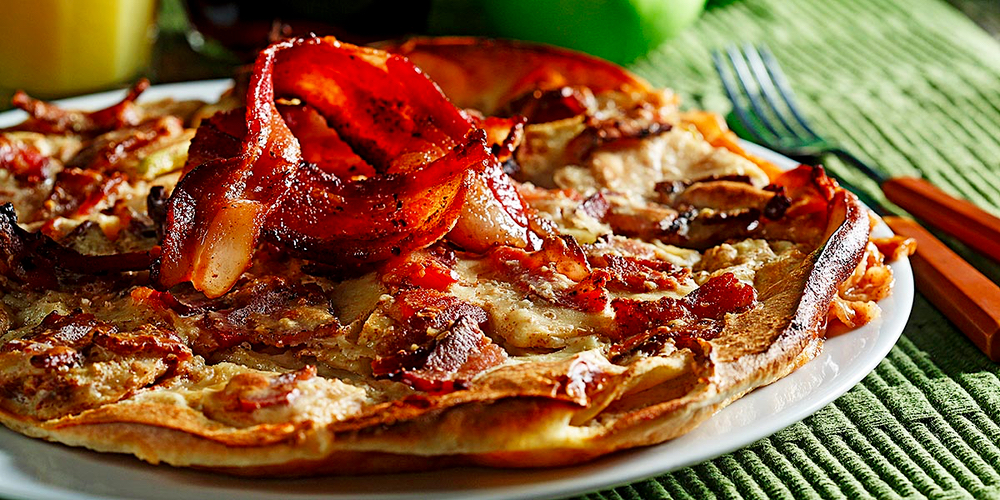Does the sight of brown spots on bananas make you uneasy or do you enjoy that intense, sweet flavour that comes from brown bananas? If eating freckled bananas right out of the fruit basket isn’t your thing, perhaps some tasty recipes using overripe bananas might pique your interest.
Let’s put any fear to rest; brown bananas are perfectly safe to eat. Browning is part of the natural aging process of bananas. When bananas ripen, enzyme changes make them softer, sweeter and more yellow. As aging continues, brown spots develop further and sugar content increases by up to 80 per cent. Browning may also occur if bananas are bumped, bruised or stored at cold temperatures — none of which makes them unsafe to eat.
Read Also

What I learned about Manitoba eggs
Manitoba-laid eggs provide good, locally produced nutrition while supporting local farmers and the Canadian agriculture industry.
While the nutrient content might vary slightly in brown bananas, any banana is a good source of potassium, vitamin B6, fibre and vitamin C. While higher in sugar, brown bananas are a little easier to digest and offer slightly more antioxidants.
If you prefer the taste of slightly underripe or just-ripe bananas you can try to slow down the browning process. Start at the grocery store by selecting firm, green-tinged bananas. Store them out of direct sunlight and away from other fruit, especially apples and tomatoes. Do not store them in any type of container or bag. If flavour and texture of the inside are more important to you than their outer appearance, store bananas in a sealed bag in the fridge. This will slow the ripening process but it will turn the peel brown. Other internet suggestions like separating bananas and wrapping the stem ends in plastic wrap are less conclusive and may or may not work.
If you’re eager to have sweet ripe bananas for banana bread or some of the other recipes listed below, you can speed the ripening process. To do so, place bananas in a paper bag with a couple of apples on a warm spot on the counter. You’ll have ripe bananas within days.
For immediate baking needs, you can roast or microwave bananas to soften them. Roast yellow bananas at 300 F for 30 to 40 minutes. Do not peel, just separate bananas from the bunch and lay on a lined baking sheet. They will become quite soft and sweet with intense banana flavour. To microwave, peel yellow bananas, place on plate and microwave at 30-second intervals until soft. They won’t get any sweeter with this method, but their softened texture will work in most recipes.
Never toss out brown bananas. Their high sugar content and smooth texture make them ideal for baked goods, smoothies and desserts, often replacing some or all of the other sugar called for in a recipe. If you don’t have time to do anything with them right away, put them in the freezer. Simply place whole bananas with the peel on in a bag, seal and toss in freezer. They thaw very quickly on the counter or in the microwave. They may be a bit messy, but they slip out of the peel quite easily. Alternatively, prepare the bananas by chopping or mashing and placing in freezer bags in measured amounts.
Use frozen bananas in any smoothie or shake. No need to thaw or to measure. Frozen bananas will add cool creaminess to any beverage and you can adjust based on your taste preference.
You likely already have a favourite banana loaf recipe for using ripe bananas, so here are two other ideas you can try next time you have ripe bananas.
Banana Oat Cookies – Gluten Free
- 2 very ripe medium-size bananas
- 2 c. large-flake oats
- 2 tbsp. ground flax
- 1 or 2 tbsp. brown sugar (optional)
- 1/2 tsp. cinnamon
- 1/4 c. mini chocolate chips
Preheat oven to 350 F. Lightly grease or line baking sheet. In medium-size bowl, squish ripe bananas with back of fork to a smooth consistency. In food processor, pulse 1 cup of large-flake oats to resemble a very coarse flour.
Combine chopped oats, remaining large-flake oats, ground flax, brown sugar (if using) and cinnamon with bananas. Stir in chocolate chips. Drop dough by large tablespoon onto baking sheet. Shape into rounds about 1 cm thick. Bake for 8 to 10 minutes until set and beginning to turn golden brown on edges. Best if stored in fridge. Also great for storing in freezer.
Makes 18 to 20 cookies.

Banana Ice-Cream Dessert
Make an ice-cream-like dessert using ripe bananas. Create different flavours by adding in fruit pieces, fruit purée, nuts, nut butter, cocoa powder, cookie crumbs, mint leaves, chocolate pieces, etc.
- 2 to 4 ripe bananas
- 1/4 c. milk (your favourite dairyor non-dairy variety)
Peel bananas and slice into half-inch pieces. Freeze in sealed container overnight.
Place frozen bananas and milk in a food processor. Mix until super-smooth and creamy, scraping side of bowl several times. It may take 3 to 5 minutes to get it smooth.
Serve immediately for a soft ice-cream dessert or return to container and freeze for at least an hour until scoopable.
Makes 2 to 4 servings (one banana makes one serving).

Recipes source: gettystewart.com





